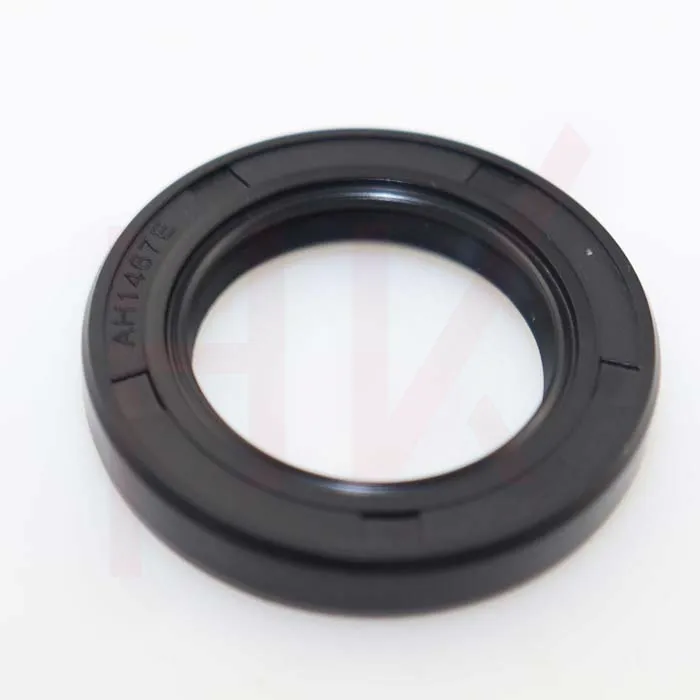11 月 . 01, 2024 02:35 Back to list
Hydraulic Cylinder Seal Replacement Guide for Improved Performance and Longevity
Replacing Seals in Hydraulic Cylinders A Comprehensive Guide
Hydraulic cylinders play a vital role in various mechanical systems, providing the necessary force for lifting, pushing, and pulling heavy loads. However, like any other mechanical component, they can experience wear and tear over time, particularly in their sealing mechanisms. When hydraulic seals fail, it can lead to leaks, loss of pressure, and inefficiencies in operation. Therefore, understanding how to effectively replace seals in hydraulic cylinders is essential for maintaining their performance and longevity.
Understanding Hydraulic Seals
Hydraulic seals are designed to prevent hydraulic fluid from leaking out of the cylinder while also keeping contaminants from entering the system. These seals can be found in various forms, such as O-rings, piston seals, rod seals, and backup rings. The material and design of the seals are crucial, as they must withstand high pressure, temperature variations, and exposure to hydraulic fluids.
Signs of Seal Failure
Before embarking on seal replacement, it's important to identify the signs of seal failure. Common indicators include
1. Hydraulic Fluid Leaks Visible leaks around the cylinder’s rod or end caps often point to seal degradation. 2. Reduced Performance If the cylinder fails to generate the expected force or speed, seals may be allowing fluid to bypass. 3. Unusual Noises Grinding or excessive noise during operation can indicate that the seals are worn out.
Steps to Replace Seals
Replacing seals in hydraulic cylinders can be undertaken through a series of methodical steps
1. Preparation Before starting, ensure you have the correct replacement seals, tools, and safety gear. Familiarize yourself with the hydraulic system and consult the manufacturer’s manual if available.
replacing seals hydraulic cylinder

2. Depressurize the System Safety is paramount. Ensure that the hydraulic system is depressurized to prevent any accidents during disassembly.
3. Disassemble the Cylinder Carefully remove the cylinder from its mounting. Take note of the orientation and arrangement of components to aid in reassembly later. Use appropriate tools to detach end caps and other parts without causing damage.
4. Remove Old Seals Using a seal removal tool or a suitable substitute, take out the old seals. Be cautious not to scratch or damage the sealing surfaces of the cylinder.
5. Clean the Cylinder Before installing new seals, thoroughly clean all surfaces of the cylinder to remove dirt, debris, and old seal residue. This helps ensure a proper seal and prevents contamination.
6. Install New Seals Gently insert the new seals into their respective grooves. Ensure they are seated evenly and correctly to prevent future leaks. Lubricating the seals lightly with hydraulic fluid can facilitate proper installation.
7. Reassemble the Cylinder Carefully reattach all components, ensuring that everything is aligned correctly. Follow the manufacturer’s specifications for tightening torque levels.
8. Testing Once the cylinder is reinstalled in the system, gradually bring the hydraulics back to operating pressure while checking for leaks. Monitor the system closely during initial operations.
Conclusion
Replacing seals in hydraulic cylinders is a critical maintenance task that can significantly enhance the efficiency and lifespan of hydraulic systems. By being vigilant about the signs of seal failure and following the proper steps for replacement, operators can ensure reliable performance and prevent costly disruptions in operation. Regular maintenance of hydraulic seals not only extends the life of the hydraulic cylinder but also contributes to the overall efficiency of the machinery they support.
-
The Power of Advanced Sealing: High-Pressure Solutions for Modern Machinery
NewsOct.29,2024
-
Optimizing Machinery with High-Performance Oil Seals
NewsOct.29,2024
-
Maximizing Machinery Efficiency with Advanced Oil Seals
NewsOct.29,2024
-
Ensuring Equipment Longevity with Quality Oil Seals
NewsOct.29,2024
-
Enhance Equipment Performance with Quality Oil Seals
NewsOct.29,2024
-
Custom Oil Seals for Specialized Machinery Needs
NewsOct.29,2024
-
The Role of Wiper Seals in Dust Sealing and Oil Protection
NewsOct.20,2024
Products categories
















